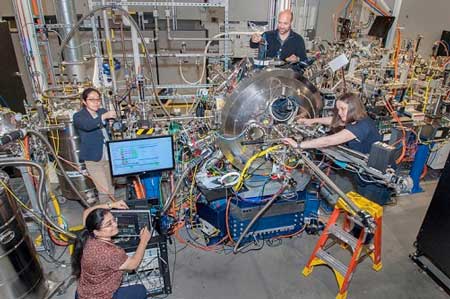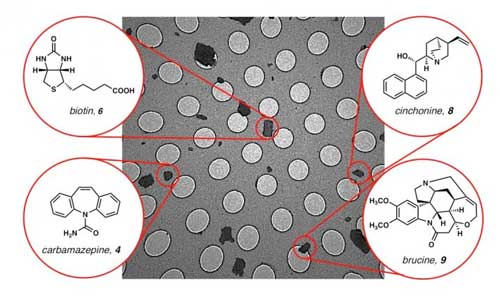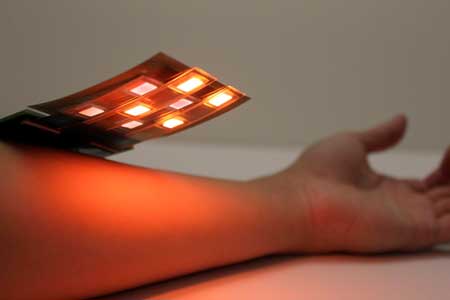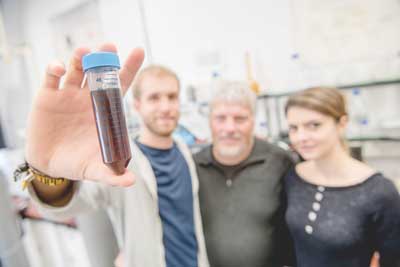
Thursday, November 8, 2018
Creating better devices: The etch stops here
Do kitchen items shed antimicrobial nanoparticles after use?

Unlocking the secrets of metal-insulator transitions

Powerful method probes small-molecule structures

Pore size alone does not matter when biological nanopores act as sugar chain biosensors

Healing kidneys with nanotechnology

Skin-like sensor maps blood-oxygen levels anywhere in the body

Metallic nanocatalysts imitate the structure of enzymes

Revealing the inner working of magnetic materials

Sunlight turns membrane into a self-cleaning, pollutant-eating powerhouse

Subscribe to:
Posts (Atom)


